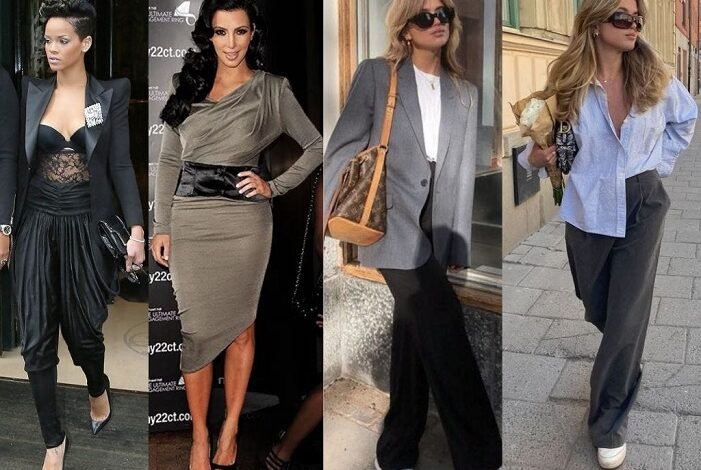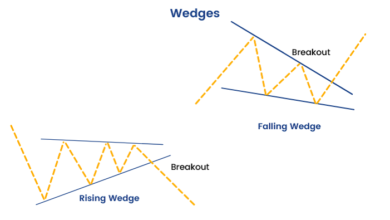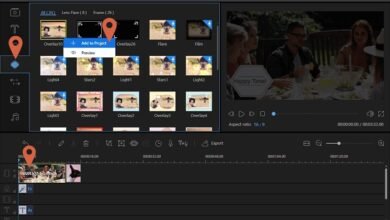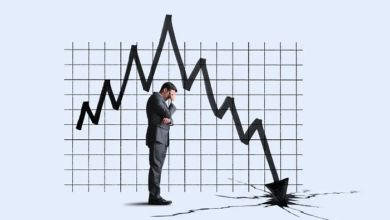2010s Business Casual: Styles, Tips, Trends And More

The 2010s marked a significant shift in workplace attire, especially with the rise of business casual. This style blends professionalism with comfort, making it a popular choice for many office environments. In this post, I’ll share my insights and experiences with 2010s business casual, covering everything from key pieces to styling tips.
What is Business Casual?
Business casual is a dress code that allows employees to dress more casually while still looking professional. Unlike traditional business attire, which often requires suits and ties, business casual encourages a mix of formal and informal clothing. This style emerged in the early 2000s but gained significant popularity in the 2010s as workplaces became more relaxed.
Key Characteristics of 2010s Business Casual
1. Comfort Meets Professionalism
The main goal of business casual is to maintain a polished appearance while ensuring comfort. Fabrics like cotton, linen, and blends became more common, allowing for ease of movement throughout the day.
2. Smart-Casual Pieces
The 2010s saw the rise of smart-casual attire, which includes:
- Dress shirts: Button-up shirts in solid colors, checks, or subtle patterns.
- Blouses: Stylish blouses in breathable fabrics that can be paired with skirts or trousers.
- Chinos and tailored pants: These are perfect alternatives to formal trousers, offering a relaxed yet professional look.
- Sweaters and cardigans: Layering was a key trend, with lightweight sweaters and cardigans being popular for both men and women.
3. Footwear
In the 2010s, footwear in business casual attire evolved. Here are some popular options:
- Loafers: These are a great choice for both men and women, providing comfort without sacrificing style.
- Ankle boots: Stylish yet professional, ankle boots became a staple in many wardrobes.
- Dressy sneakers: With the rise of athleisure, clean, minimalist sneakers found their way into the business casual scene.
4. Accessories
Accessories play a crucial role in defining a business casual look. Some key items include:
- Belts: A good belt can pull an outfit together, especially in contrasting colors.
- Watches: Simple, elegant watches are a perfect accessory to enhance professionalism.
- Ties and scarves: Optional but can add a touch of personality to your outfit.
Popular Trends in 2010s Business Casual
1. Mixing Textures and Patterns
One of the most exciting aspects of business casual in the 2010s was the emphasis on mixing textures and patterns. Pairing a plaid blazer with a solid blouse or combining different fabric textures like wool and silk became trendy.
2. Athleisure Influence
The rise of athleisure in the 2010s significantly impacted business casual attire. Many people started wearing dressy joggers or tailored athletic pants paired with blazers, blouses, or chic sweaters. This blend of sporty and professional created a relaxed, yet stylish look.
3. Bold Colors and Prints
The 2010s also saw a shift towards bolder colors and prints in the workplace. Bright colors, floral patterns, and even animal prints became acceptable, allowing individuals to express their personalities more freely.
Tips for Dressing in 2010s Business Casual
- Know Your Workplace Culture: Always consider your workplace’s culture when choosing your business casual outfits. Some offices might be more formal than others.
- Invest in Key Pieces: Having a few essential items, like a good blazer, tailored pants, and versatile shoes, can help you mix and match effortlessly.
- Focus on Fit: The fit of your clothing is crucial. Clothes that are too tight or too loose can detract from a polished appearance.
- Pay Attention to Grooming: Even in business casual, grooming matters. A neat hairstyle and minimal makeup can enhance your overall look.
- Layer Wisely: Layering can add depth to your outfit, but be mindful of proportions. Balance is key to looking put-together.
Key elements of 2010s business casual
| Category | Details |
|---|---|
| Definition | A dress code blending professionalism with comfort, allowing for more relaxed attire. |
| Key Characteristics | – Comfort meets professionalism – Smart-casual pieces – Relaxed yet polished look |
| Smart-Casual Pieces | – Dress shirts (solid colors, checks) – Blouses – Chinos and tailored pants – Sweaters and cardigans |
| Footwear | – Loafers – Ankle boots – Dressy sneakers |
| Accessories | – Belts – Watches – Ties and scarves (optional) |
| Popular Trends | – Mixing textures and patterns – Athleisure influence – Bold colors and prints |
| Dressing Tips | 1. Know your workplace culture 2. Invest in key pieces 3. Focus on fit 4. Pay attention to grooming 5. Layer wisely |
Conclusion
The 2010s brought a fresh take on business casual, making it more accessible and stylish than ever. With the right pieces and an understanding of your workplace culture, you can easily navigate this dress code while expressing your personal style. Whether you prefer classic styles or trendy looks, there’s a business casual outfit for everyone. Embrace the comfort and professionalism of this dress code, and you’ll feel confident in any office setting!





